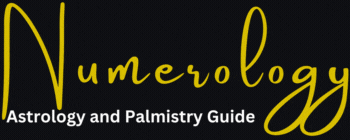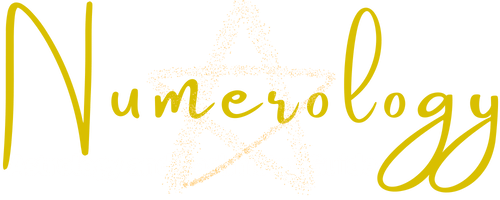Lal Kitab is an esoteric philosophy of astronomy that translates to Red Book in English. This should in fact be the plural form “books” since there are five books in the series. The basic point behind the philosophy is finding simple, efficient and cost effective ways to bring greater fortune to the world.
LalKitab is the name given to all five books as a collection, but every book in the series has its own name. The books were originally crafted in the Urdu language and are dated back to sometime between 1939 and 1952.
No one knows who wrote the books or if they were all written by the same person. There is a lot of controversy over where the books originated from and who penned them, so I took it upon myself to seek out scholars and discuss these matters in depth.
The First Book of LalKitab
The title of the first book is Lalkitab Ke Farmaan and it was originally published in Urdu in 1939 by Jahaazee Press in Lahore. In translation, the title means “the edicts of Lalkitab.” The focus of this book is entirely on palmistry. It contains 383 pages and reveals 181 astrology rules known as Farmaans. These rules guide the art of prediction.
The very basic guidelines of palmistry rely upon the shape of the palm and nails, but the rules covered in this book get into the shapes of the skull, forehead, feet and other parts of the body far removed from the hands. Each body part is connected to a planet and the book contained careful diagrams drawn out by the author.
The Second Book of LalKitab
The second book in the series was titled Lal Kitab Ke Armaan, which translates out to “the desires of Lal Kitab.” It was published a year after the first book and the rules to guide prediction were presented as desires, or Armaan. There are 181 Armaan presented throughout the book. While still covering palmistry, this author combines those principles with ideas of the horoscope and planetary alignments.
This is more of an advanced level book that introduces some new and quite unique concepts such as Masnooi Planets, or artificial planets. Other new ideas presented include the adult and minor horoscopes and the Moon Chart. The book also presents quite a few tables that can be used to determine benefic/melafic natures and the strength of the planets.
The Third Book of LalKitab
In 1941 the third book in the Lil Kitab series came out in a compact, pocket sized book. It presents pictures of Gods and Goddesses that rule each of the planets. This even includes Mars Negative. The text was written in Urdu, but all in poetry.
The title of this book was TEESRA HISSA, which simply translates to the “third part.” Each compact page contains only 15 lines of poetry, but some of the most crucial elements of El Kitab are revealed within these lines. This is the concept of progression with the Annual Chart and Varshphal.
The remedies of Lal Qitab were designed to protect against enemies, though it was never intended to cause those enemies any harm. The goal is to remove obstacles that stand in the way of success and riches. It must be noted that Lal Kitab remedies cannot give anyone more fortune than is called for by Fate. It’s all about achieving the maximum amount of success and fortune as possible.
The Fourth Book of LalKitab
This book was published in 1942 under the name Tarmeen Shuda Lal Kitab, which translates out to “modified Lal Kitab.” This is the book most people find to be the most confusing and hard to understand. It includes the main components of all previous books.
The Fifth Book of LalKitab
The final book in the LalKitab series was published in 1952. This is the book that is intended when you hear most people talk about LalKitab. Many people do not know about the other four books and believe this is all of Lal Kitab.
In this book you can find remedies for all of the following:
* Property * Travel * Marriage * Matchmaking * Finances
There is also a chapter on making predictions and tables with the relatives of different planets.

